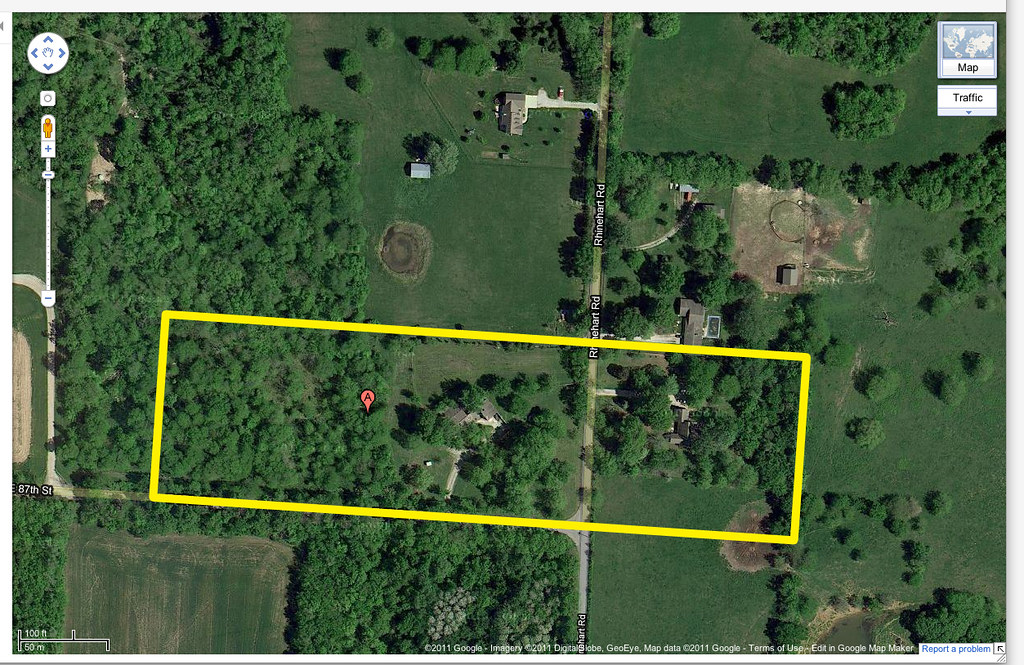

If you follow the link and look at the area around the point, the above deduction seems further strengthened by the surrounding buildings & their positions relative the plotted point (forming a semi-hexagonal relative shape if logical property lines are assumed onto the map, and the street is used as one of the boundaries, it matches roughly the shape qualitatively ( at a quick glance at the table of measures regarding the boundaries & a brief look at a couple layers of the map the link leads to).įurther, from the sat layer, within that region, the distinguishability from one possible boundary location to another results in little consequence in terms of the lay of the land assuming there aren't buildings on the property.

So, you should be able to reasonably assume that the plot shape & size super-imposed upon the link's map starting from that geographical point will provide a representation of the property that is accurate in spirit you should be able to use that deduced interpretation as adequate for assessing the qualitative state, features, flora, soils, slope, etc of the property. Assuming you are dealing with someone acting in good faith & capable of reasonably well-executed & estimated assumptions, this map & the survey data defining the boundary lines relative a starting point in the post can be used to produce a hypothetical plot which is likely to deviate from the legal boundaries such that the descrepancy (if any) is effectively immaterial. The point should be as near the property as is easily identified without the use of surveying equipment, utilizing landmarks the individual associates with their property lines - the more inconsequential & unremarkable the distinction between one & another side of the property, the less apparent that property line will be. Though it is not explicitly stated as such, you could assume it is likely the "point of beginning", but it is very likely within the boundaries defined, and almost certainly relatively proximal to the plot in question.īy "relatively proximal", I mean that, to someone familiar with the property roughly as aware as a typical owner whose not residing on the property, but represents the level of familiarity you would expect from someone having acquired the property as an investment, or for use in a hobby like hunting, micro-agriculture, botany, gardening, or boutique commercial flower cultivation. It is rare that such a balanced answer is offered to questions like this on virtually every platform, and the fact that it is the first answer makes it further worthy of appreciation.īut, as is mentioned in a comment above, there is geographic data adequate to serve as the reference point "point of beginning". So, "houska" provided a very comprehensive answer here that deserves kudos for it's comprehensibility, complete-ness, and for the fact that the writer respects the reader enough to write without over-simplification while also avoiding excessive use of technical jargon or industry-specific verbiage. I am referencing & adding to this answer. UTM.) coordinates for at least one of those points, you don't have enough to go by. But unless you have Longitude/Latitude or other (e.g. If you can pinpoint one of the other boundary points, you can also reverse engineer the hexagon from that other starting point.

If you could pinpoint the "point of beginning", for instance by its latitude and longitude, then you could use a GIS program like QGIS, or even manual/spreadsheet calculations if you're not scared of trigonometry, to convert those bearings and distances to create a KML file that you could then display on Google Maps (or alternately show Google Maps or another map source in that same GIS program). For more on interpreting these instructions, see Īctually, to do this completely right, you would have to understand details about what grid the bearings are relative to - see - but this is likely immaterial in your situation.
#Google earth pro property lines how to#
The main thing missing is how to locate the "point of beginning", from which the text you provide locates the remaining points, which lie in a hexagon that is nearly a rectangle approx 350x100m+- lying roughly to that "point of beginning's" northwest.Īs an example, the first line says point 2 lies 375.93 metres in the direction S 85deg 48 W, which is a bearing 4.5 degrees to the south of directly due west. This is not quite possible with the information you have provided.


 0 kommentar(er)
0 kommentar(er)
